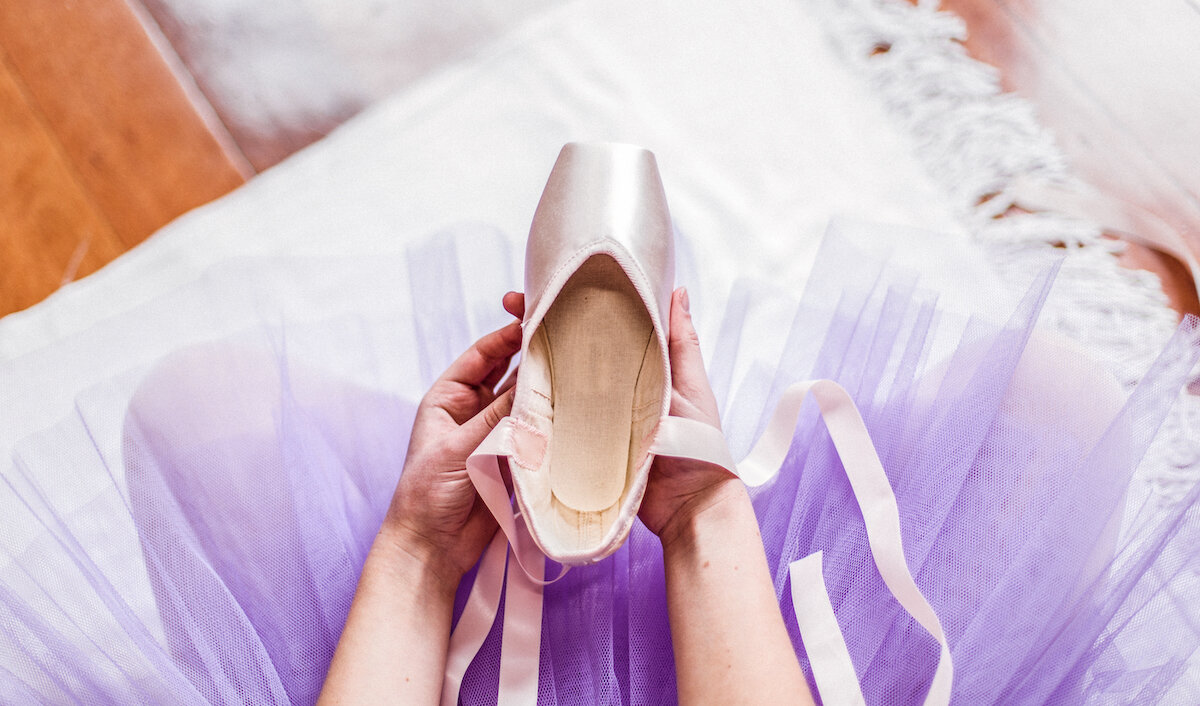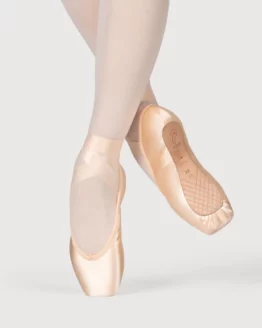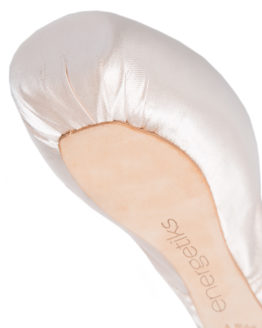Description
Energetiks Pointe Shoe Fittings
At Energetiks we understand that every dancer has unique feet and finding the right pointe shoe will allow you to perform with confidence, enhance your line and offer perfect placement.
We have a wide selection of pointe shoe brands on offer help us to facilitate finding the model of pointe shoe that best suits the dancers foot shape, technical needs, ability and personal preference.
What to expect from your Pointe Shoe Fitting:
- Allow at least 1hr per dancer for your fitting
- Arrive with any padding you like to wear and your previous pair of Pointe shoes if applicable
- Please advise your fitter if your dance studio or company has any specific requests for your shoes or your padding
- We recommend trimming your toenails before your fitting so that you are comfortable whilst trying on shoes
- If you would like to have your dance teacher attend or request a particular Pointe shoe fitter, please contact the store you are booking with
Get the right fit with women’s pointe shoes
At Energetiks, we understand the importance of high quality, well-fitted women’s pointe shoes that support you through every piqué and pirouette. We offer a range of pointe shoes to suit every individual ballerina’s requirements, no matter how advanced they are.
Because we know choosing the right women’s pointe shoe is a very personal choice, we have plenty of different fit and style options that will allow you to customise the perfect shoe for you. This includes a variety of shank lengths and strength levels, box and platform sizes, V cut and U cut styles for a customisable fit, and heel taper options. For those strengthening and preparing for pointe shoes, we offer demi pointe leather soled slippers as the perfect transitional shoe.
Discover your perfect pointe in a range of colours
Looking to move beyond classic ballet pink women’s pointe shoes? Our range of Australian designed shoes comes in a range of bold colours; including black women’s pointe shoes, white, cobalt, red, and a variety of colours perfect for dancers with deeper skin tones. Shop today to discover womens pointe shoes from brands Gaynor Minden, Freed Studio, Grishko and Energetiks’ own designs.
From your warm up to your performance on centre stage, Energetiks will support you every step of the way with high-quality dancewear that enhances your dance.
Going en pointe is a major milestone that takes strength, talent, and the right pointe shoes to do it, and at Energetiks we understand the importance of getting it right.
The customisable options for our ballet pointe shoes will give you total control when selecting the right pointe shoe for you. Pre-arched shanks beautifully mimic the shape of your foot en pointe, while extra-wide platforms and comfortable toe cushions will keep you dancing on your toes for hours. Choose from a range of colours including classic pale pink, white, black, cobalt, red, and a diverse range of skin tone shades.
Shop our range of demi-pointe shoes for beginner dancers to transition up to full pointe. Choose a pointe shoe in classical ballet pink or shop the other fashion colours in our selection. Whether you opt for our Australian designed Energetiks’ pointe shoes or ballet pointe shoes from brands Gaynor Minden, Grishko and Freed, you’ll love the pre-arched styles and beautiful tapered lines of our ballet pointe shoes.






































Reviews
There are no reviews yet.